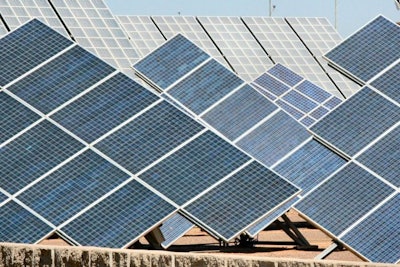
The Bureau of Investigative Journalism recently released a report about deforestation in the Brazilian state of Mato Grosso to release land for cattle grazing and soybean crop cultivation. It is a mix of environmental activism, Brazilian politics, private interests, rights of indigenous people, incomplete legislations and lastly, no willingness to solve issues. Meanwhile, Europe continues to benefit from this.
The world changes constantly, including animal production. But as I have said in blogs previously published, nothing is said about what the industry has been doing and improving over the last 50 years in terms of efficiency, waste and water management, recycling and lastly about alternative energies.
I am going to give another example. The Brazilian Animal Protein Association (ABPA) has just released a program to stimulate sustainable practices in poultry and swine production. The program follows UN’s Sustainable Development Goals guidelines together with ABPA’s goals of food safety and social development by optimizing resources and respecting quality and the environment.
This initiative “reinforces the quality of the Brazilian poultry and swine industries, located outside the Amazon biome, with its own environmental characteristics and resource utilization, placing these industries among the ones with the lowest environmental impact in the world.”
The program, focused now to photovoltaic energy, explains the estimated savings in electricity of up to 95%, the return over investment of three to four years and the standard working guarantee of photovoltaic modules of 25 years. Considering how the technology costs have decreased in the last few years, it is worthy to implement it. Also, it is mentioned that solar energy does not need lots of space, neither modifying actual farm infrastructure. Good point!
It is worthy to take a look at the program. It gives an example of a broiler farm and what needs to be considered, how a photovoltaic system works, financing lines with examples and supports.
Shouldn’t we rather be talking about this?
What do you think?

















